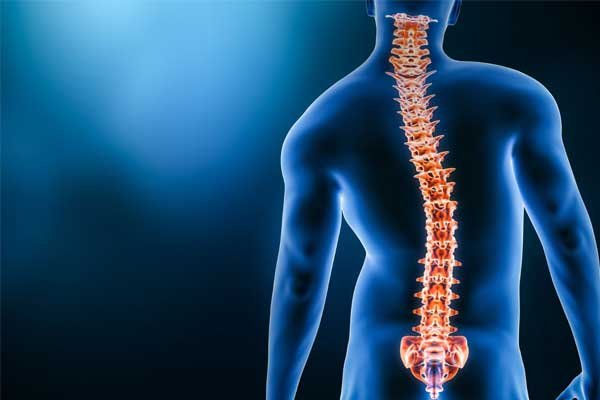
What is Scoliosis?
Scoliosis is characterized by an abnormal curvature of the spine, creating an “S” or “C” shape when viewed from the front or back. It can occur at any age, but it’s most commonly diagnosed during adolescence, a period of rapid growth. While the exact cause of most cases of scoliosis is unknown, there are several types and potential contributing factors.
Scoliosis is a complex spinal deformity that affects millions of individuals worldwide. As a medical professional dedicated to orthopedics and spinal health, I believe it’s essential to provide a comprehensive understanding of this condition. In this article, we will delve into the nuances of scoliosis, including its causes, diagnosis, treatment options, and the importance of early intervention.
Diagnosis and Monitoring: Early detection is crucial in managing scoliosis effectively. Regular screenings at schools and routine check-ups with pediatricians help identify any signs of spinal curvature. If a potential issue is detected, a referral to an orthopedic specialist is typically made. Diagnosis involves a physical examination, imaging tests such as X-rays, and occasionally, advanced imaging like MRI to assess the severity and underlying cause.
Treatment Approaches: Treatment for scoliosis depends on factors like the patient’s age, the degree of curvature, and the underlying cause. Here are some common approaches:
- Observation: Mild curvatures may only require regular monitoring to ensure they don’t worsen.
- Bracing: For moderate curvatures in growing adolescents, specially designed braces can help prevent further progression.
- Physical Therapy: Exercises can improve posture, strengthen muscles, and enhance flexibility.
- Surgery: Severe curvatures (usually greater than 40-50 degrees) that could lead to lung or heart issues might require surgical intervention. Surgery involves spinal fusion, where affected vertebrae are joined to prevent further curvature.
